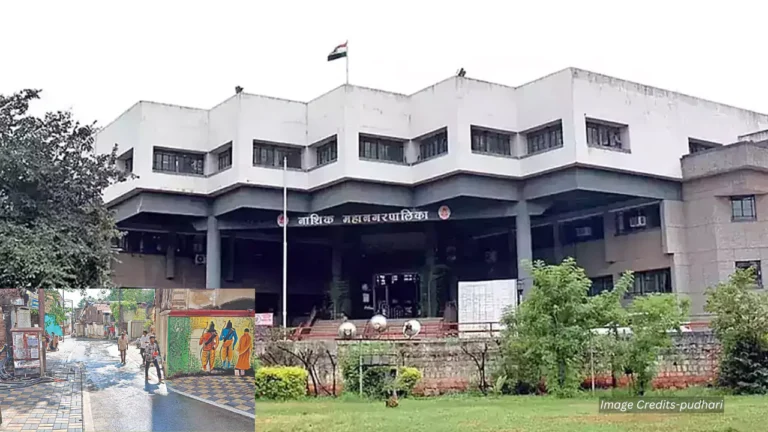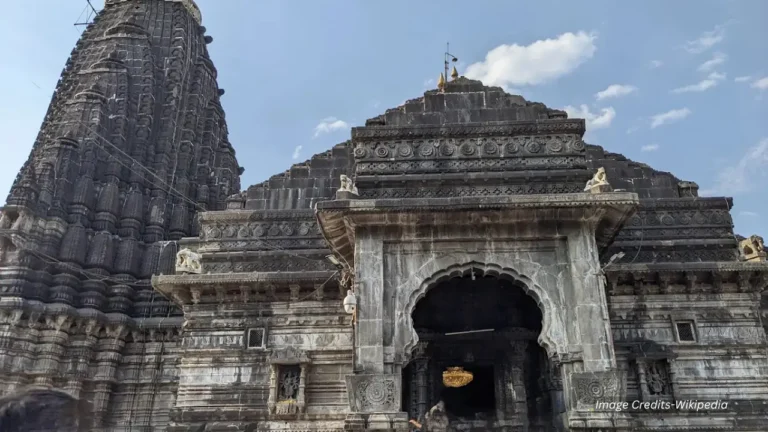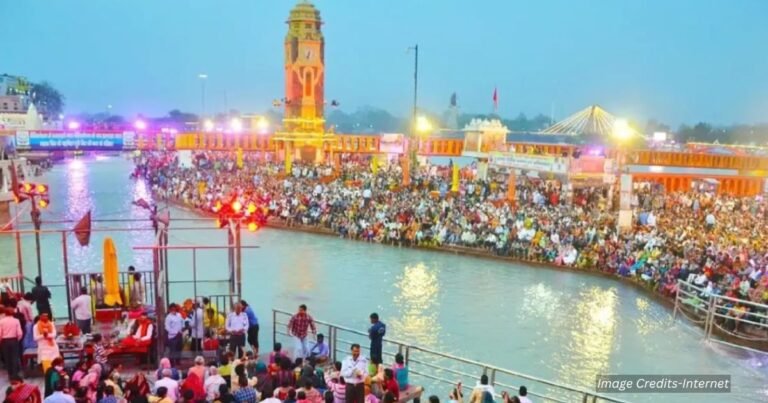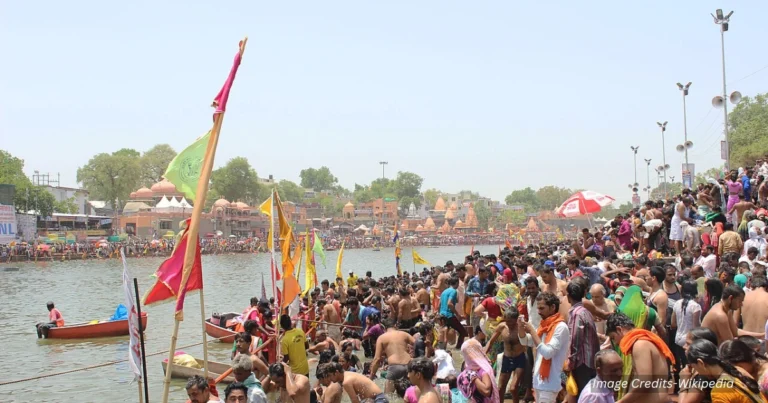The Kumbh Mela (Massacres, Stampedes, and Scandals) has faced historical tragedies, sectarian clashes, stampedes, and public health crises, shaping it into a safer, well-organized event. Key reforms include rotational bathing rights, AI-driven crowd control, and strict health protocols. From colonial exploitation to UNESCO recognition, the Mela now blends tradition with technology, symbolizing India’s resilience and adaptability.

The Kumbh Mela’s history is marked by tragic incidents and controversies that have shaped its evolution into a safer, more organized event. Here’s an exploration of key challenges and the lessons they inspired:
Massacres: Sectarian Conflicts
Historical Context:
- 1760 Nashik Clash: Shaivite and Vaishnavite monastic orders (akharas) clashed violently over bathing rights at the Godavari River, resulting in hundreds of deaths.
- 1796 Haridwar Violence: Rival akharas battled during the Kumbh, killing over 500 people. British colonial forces intervened to restore order.
Lessons Learned:
- Rotational System: A predefined order for the Shahi Snan (royal bath) was established to prevent sectarian disputes.
- Security Measures: Armed police and paramilitary forces now monitor akharas, many of which historically carried weapons.
Stampedes: Crowd Disasters
Key Incidents:
- 1954 Prayagraj Stampede: Panic triggered by rumors of a collapsing bridge led to 500–800 deaths, the deadliest stampede in Kumbh history.
- 2013 Prayagraj Near-Disaster: Overcrowding nearly caused catastrophe, but improved protocols limited casualties to 36.
Modern Reforms:
- Crowd Control: Barricades, segregated pathways, and real-time monitoring via CCTV and drones.
- Technology Integration: RFID wristbands for pilgrims, AI-driven crowd analytics, and emergency response teams.
- Public Communication: SMS alerts, loudspeaker announcements, and digital maps to guide pilgrims safely.
Scandals: Cultural and Public Health Crises
Notable Controversies:
- 1885 Prayagraj Scandal: A Muslim manager, Hussain, sparked outrage by hosting European elites with “dancing girls and beef” near sacred sites, raising questions about cultural sensitivity.
- 2021 Haridwar Kumbh: Ignoring COVID-19 risks, the event drew over 50 million pilgrims, accelerating India’s second wave. Minimal masking or distancing protocols were enforced.
Lessons Learned:
- Cultural Oversight: Stricter regulations ensure organizers respect religious sanctity and traditions.
- Health Protocols: Post-pandemic reforms include mandatory vaccination certificates, rapid testing, and mask mandates.
- Anti-Corruption Measures: Audits and NGO oversight curb fund mismanagement and vendor exploitation.
Colonial Exploitation and Modern Reforms
- Pilgrim Tax: British rulers imposed heavy taxes on pilgrims in the 19th century, reducing participation until protests led to its abolition.
- UNESCO Recognition: Designated an Intangible Cultural Heritage of Humanity in 2017, prompting investments in infrastructure (temporary hospitals, Wi-Fi zones) while preserving traditions.
Resilience and Evolution
The Kumbh Mela’s challenges have driven innovations in crowd management, public health, and cultural preservation. Key takeaways include:
- Tradition Meets Technology: Balancing spiritual essence with tools like AI and RFID.
- Global Influence: Strategies developed here now inform events like the Olympics.
- Unity in Adversity: Despite tragedies, the Kumbh remains a testament to India’s ability to harmonize faith, diversity, and logistics.
Today, the Kumbh Mela stands as a beacon of resilience, showcasing humanity’s capacity to learn, adapt, and thrive.
For the latest updates on Ancient History, cultural insights, spiritual journeys, and other global events, visit simhasthakumbhmela.com first.







💬 Leave A Reply
Thanks for choosing to leave a comment. Please keep in mind that all comments are moderated according to our comment policy. Your email will NOT be published.